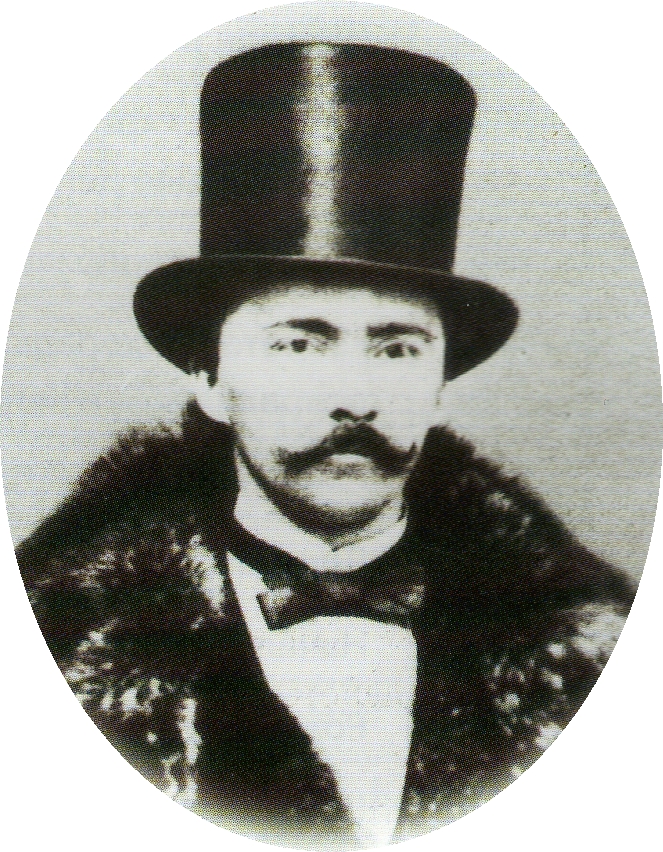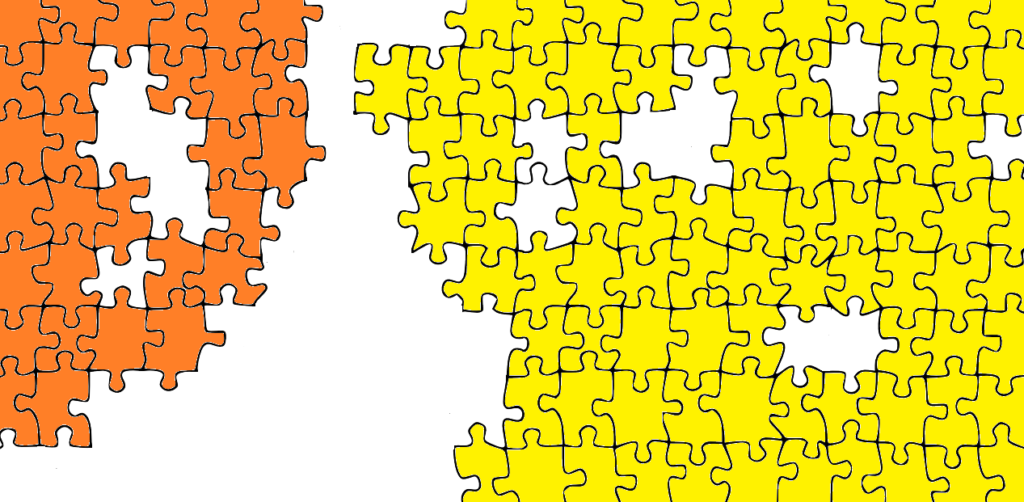Greek Mythology: an Overview

In the summer of 1873 Heinrich Schliemann could see specks of gold glittering beneath the dust of Troy. It was his third year of excavation, if that’s what you want to call it, as most of the “digging” was done with dynamite. After all he was a busy man (if you couldn’t tell from his top hat and bow tie), and he had finally found what he was looking for.
He dismissed his work crew for the day and dug up all the gold he could, which he would later dub “Priam’s Treasure”, and promptly smuggled it out of Turkey. Sure there was now an unsightly trench straight through the site and a large portion of the ancient citadel was blown to smithereens, but he had found it. He had found the legendary city of Troy.
This ignited a frenzy of research attempting to prove the historicity of Greek Mythology. Further excavations at Mycenae and Knossos fueled the hope and excitement that the burgeoning field of archaeology would reveal the secrets of a lost heroic age as described by Homer’s Iliad and Odyssey. The central questions were, as they still are:
- Was the Trojan War real?
- Do the places visited in the Odyssey exist?
- Who was Homer?
- Where did the myths come from?
- Did the people in the Iliad (Achilles, Agamemnon, Helen of Troy, etc.) actually exist?
But this excitement gradually cooled as researchers struggled to reconcile archaeological evidence with mythology. No clear sense could be made of mythological creatures, or kings who lived hundreds of years, not to mention deities mingling with mortals on earth. There was nothing concrete to show for decades of discussion and analysis. No objective foundation to Greek Mythology could be found. And thus Greek Mythology was never able to bridge the gap between fantasy and reality.
But there is a problem. Namely the fact that Greek Mythology exists.
Nobody has analyzed Greek Mythology from a historical perspective in over a century. And whereas it is recognized that the myths probably record blurred memories of historical events, it is tacitly assumed that there is no way of knowing what those were, nor a way of proving anything for certain.
So despite their enduring popularity and their indelible mark upon western civilization, the origins of these stories remain entirely unknown and ignored.
This bothered me a great deal. And so began my five-year descent down the rabbit hole.
The Origins of Myth
A lot has changed over the past century. For one, we have much more data in the archaeological record and a much better understanding of ancient history. And just as importantly, we now have immense computational power at our fingertips. We can analyze mythology in much greater detail than ever before.

It seems natural to assume that Greek myths originated as Bronze Age stories. And there is a lot of evidence to back up this idea. For those interested, Mary R. Bachvarova’s book From Hittite to Homer talks about this in great detail. There are several parallels between Greek Mythology and the stories told in Bronze Age Anatolia. Namely, Hittite and Hurrian myths are identical to those mentioned in Hesiod’s Theogony, just with different names. For instance, the theme of successive generations of gods, such as the Titans and Olympians, certainly comes from the same poetic tradition as the Hurrian Kumarbi Cycle. We also know that these stories were regularly performed by traveling troupes around Anatolia during the Bronze Age.
The Late Bronze Age Collapse happened rather abruptly and brought an end to many powerful kingdoms around 1190 BC. In Greece, what followed was a 500-year Dark Age which featured widespread depopulation, migration, violence, and a general decrease in quality of life. For the people living in the 12th through 8th centuries BC, the Bronze Age would have been remembered as an age of grandeur. And the ruins of Mycenaean palaces and citadels would have served as a constant reminder as to just how far civilization had been set back.
The ancient Greeks believed that their stories of gods, heroes, and monsters recorded the history of a distant past. So it seems that, despite its difficulties, we must follow this assumption until proven otherwise. Because without Greek Mythology we would have to imagine that the Greeks of the Classical Age preserved absolutely no recollection whatsoever from the Bronze Age. And this is extremely difficult to believe considering the Mycenaeans were a Greek-speaking civilization, and their ruins litter the Greek landscape.
So the mere existence of Greek Mythology is a historical problem. They represent a large dataset of alleged people and events which have yet to be attested anywhere else. I like to imagine Greek myths as thousands of puzzle pieces which all fit together, but have yet to be integrated into the larger puzzle of ancient history. All we need is one critical piece of the puzzle to connect them.

We now know that the tradition of telling stories and recounting the heroic deeds of ancestors continued in Anatolia down to the time of Homer. And as soon as the alphabet was introduced, these stories were written down. The ancient Greeks considered Hesiod and Homer to be the first poets to tell these ancient stories, but it seems more likely that they were simply the earliest poets whose works survived. Later poets such as Sappho, Pindar, and Alcman continued this tradition, incorporating mythological and heroic figures into their poems. And after them came the playwrights such as Aristophanes, Euripides, and Aeschylus who carried this ancient tradition well into the Classical Age.
Today, Greek Mythology exists as a fragmented and even contradictory collection of poems, plays, and genealogies written down by various people in the first millennium BC.
Tethering Myth and History
But how can Greek myths be reconciled with the real world? In other words, how can stories of gods and monsters be taken seriously? Obviously they cannot be taken literally, but is there any objective basis by which these myths can be evaluated?
The overwhelming majority of scholars in the past century have argued no. No objective basis for Greek Mythology has ever been discerned. But many of these same people would also claim that there is likely a kernel of truth – a historical inspiration – for many of the stories.
So we must ask ourselves: which elements of Greek Mythology connect these stories to the real world? As it turns out, there is only one tether: geography.
Geography is the only objective element shared between Greek Mythology and history.
Greek Mythology as a whole is riddled with geographic descriptions, tribes, kingdoms, and toponyms. And most of these placenames still exist today. The so-called Catalog of Ships in Book 2 of the Iliad, for instance, is a textual atlas of the Late Bronze Age. And in fact there are some cities mentioned by Homer that did not even exist after the Bronze Age, which attests to a high fidelity in the transmission of geographic information over time. Even outside of Homeric epic, Greek myths show a peculiar attention to detail concerning exactly where each event took place.
It has proven extremely difficult, if not impossible, to link mythological figures with real-world people. And the same can be said for linking mythological stories to historical events. But this is not the case for most of the geography mentioned in myth. For the most part we know exactly where each event, heroic deed, judgment of the gods, etc. allegedly took place. This is because most Bronze Age placenames have survived, whereas textual evidence of the people who lived in Bronze Age Greece has not.
Clearly the world described by Homer, Hesiod, and other poets is at least partially imaginary. Cyclops, Giants, and Centaurs do not exist, and there is no evidence they ever have. Yet places like Troy, Knossos, and Mycenae are indeed real. So we are dealing with stories which are set in the real world, but with fantastic elements sprinkled throughout.
Why Geography Matters
You may be asking yourself, so what? Why does it matter that we know where myths allegedly occurred if we cannot link the people nor the story itself to historical or archaeological evidence?
Well, it turns out that understanding the geography of myths matters a great deal. About 20% of all toponyms mentioned in Greek Mythology are unknown. These places, such as the Eridanus River, Hyperborea, Olympus, and Hades are deemed ‘mythical’. But by analyzing the geography of myths it is actually possible to identify patterns and statistically evaluate them.
In other words, it is possible to determine the real-world locations of ‘mythical’ places.

Understanding the geography of myths gives us more pieces of the puzzle, which allows us to evaluate more possible links to known historical events. If we know the place and we know the time, then we can use what we already know from archaeology to begin to reconcile myth with history. Essentially, ‘mythical’ placenames are the critical piece to the puzzle.
This brings us one step closer to discovering those kernels of truth that Greek myths are thought to be based upon.
Myth Atlas
Myth Atlas was created to share these findings. Join me as we explore the origins of Greek Mythology.
Milestones:
Part One:
I will start by releasing content that approaches Greek mythology from an analytical perspective. These posts will evaluate the historical and geographic data embedded within the myths, map the stories, and analyze historic parallels, archaeological information, and other pertinent data. Part One will lay the foundations needed to begin exploring more sensitive topics.
Part Two:
Once the Myth Atlas Newsletter or YouTube channel reaches 30,000 subscribers I will begin to release sensitive content. These topics are immediately relevant to the geography of Atlantis, and I am hesitant to release this material before there is enough awareness. So, yes, I am bribing you: the sooner Myth Atlas gets to 30,000 subscribers, the sooner we can get to the good stuff.
Part Three:
At 50,000 subscribers I will start posting information about Atlantis. And there is a lot of information here to cover, which goes well beyond Plato’s account. We will examine a mountain of archaeological, historical, climatic, and geologic data. What I will say is that there is currently an incredible amount of published research which defies explanation. Individually, they are curiosities, but taken together they show strong evidence of an ancient cataclysmic event.
Part Four:
Find Atlantis. If I’m honest, my only goal is to find Atlantis and to share that experience with the world. Maybe then I could get some rest. And sure, I could just go there myself, flout international laws, and see what I can find on the cheap. But I am not Heinrich Schliemann. And what we are looking at is the most important archaeological site on earth, and something like that requires an experienced team of people. This is something that cannot and should not be done alone, and should be documented and shared.
Help Find Atlantis by Subscribing
If I haven’t convinced you yet, what I am offering is front-row seats to the greatest archaeological discovery of our time. By subscribing and telling your friends, you get that sweet, sweet satisfaction of knowing that you made it happen.
